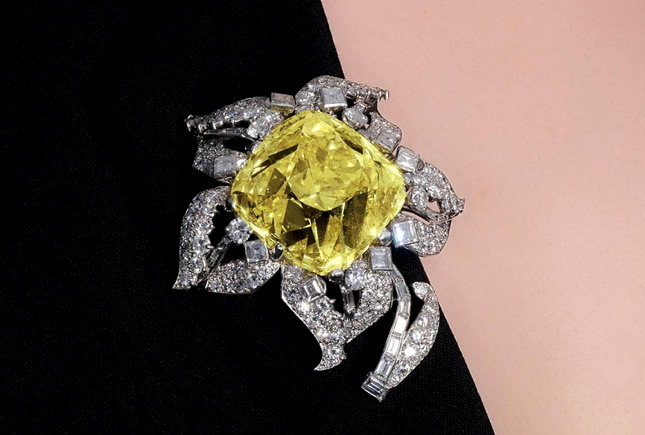
The US is rethinking restrictions on Russian diamonds after a wave of pushback from the industry and nations heavily involved in the diamond trade, Reuters reported on Monday.
Western countries have placed stiff restrictions on Russia’s diamond trade, with fresh sanctions in December banning the gems throughout the European Union. That’s a step up from the initial sanctions, which previously allowed the trade of Russian diamonds that were polished in other countries.
Diamond traders now need to self-certify that the gems they sell are not of Russian origin. By September, diamond traders in the European Union will need to send diamonds through a certification system in Belgium before selling them.
Those measures have helped crimp Russia’s war revenue, given that the nation is one of the largest producers of diamonds in the world. Yet the US, one of the world’s largest diamond consumers, could pull back on its commitment to implement the latest restrictions, three people familiar with the matter told Reuters.
Two sources said the US had pulled back on working with the G7 to implement the diamond ban and certifying that gems were not of Russian origin. Officials are “there but not engaging” in the discussion, one person said.
A senior White House official told Reuters the US would continue to work with the G7 on the Russian diamond ban, and that it had not changed its mind on the issue, but they noted several obstacles in enforcing the latest restrictions:
“We will want to make sure that we strike the right balance between hurting Russia and making sure that everything is implementable,” the official said.
The government has received pushback from firms and nations heavily involved in the diamond trade. Some African nations and Indian diamond polishers have complained about the latest restrictions, warning that the ban was faulty in its design and could raise problems in the industry. Diamond prices could also rise due to scarcer supply, they warned.
Virginia Drosos, the CEO of Signet, asked the US government to “stand against … the G7 Belgian solution,” according to a letter seen by Reuters.
De Beers, one of the world’s largest diamond miners, said it supported a ban on Russian diamonds but wants diamonds to be verified at the source of production, rather than in Belgium.
“The opportunities for, and likelihood, of Russian diamonds infiltrating the legitimate supply chain are in fact higher when you move further away from the source,” it told Reuters.
Source: DCLA








